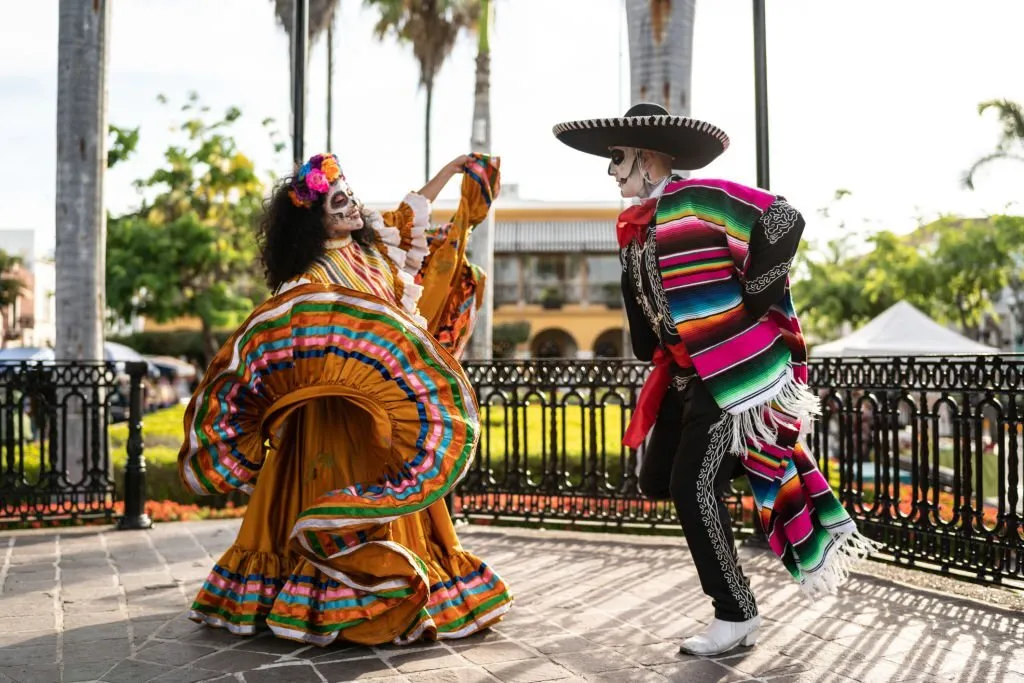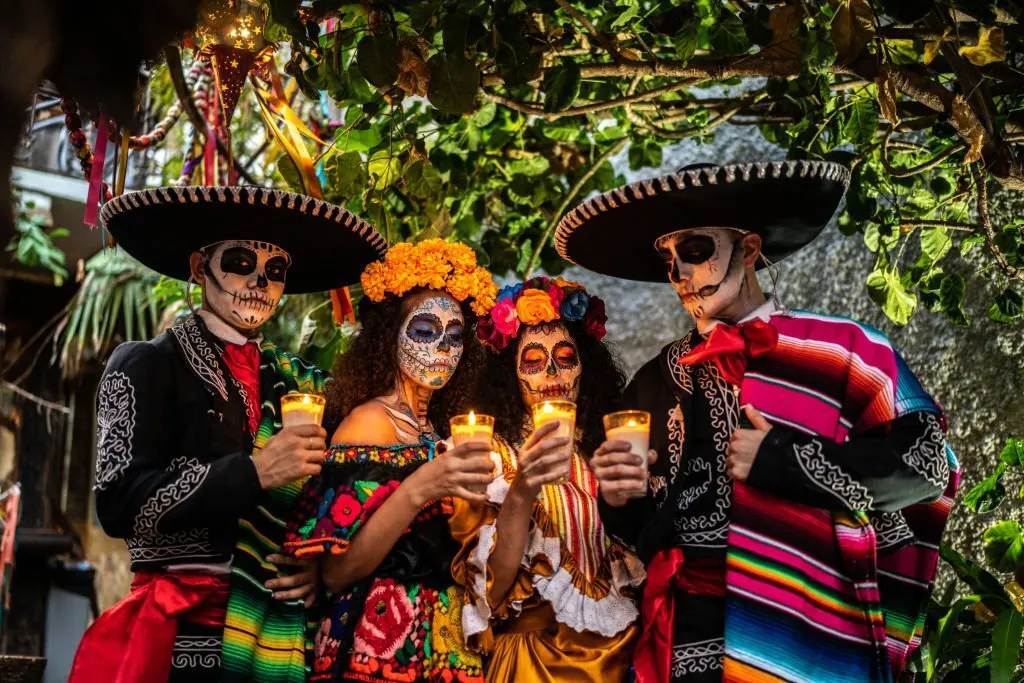Table of Contents
Indulge in the Mesmerizing Traditions of Guatemalan Feast on All Saints Day Celebration, a Culinary Extravaganza Rich in Culture and Flavor!
Guatemala, a country known for its rich cultural heritage, boasts a unique and vibrant tradition on All Saints Day. This article will explore the customs, rituals, and flavors of Guatemala’s festivities. From colorful altars to mouthwatering dishes, Guatemalan All Saints Day is a fascinating journey that reflects the country’s deep-rooted traditions and spiritual beliefs.
The Significance of the Guatemalan Feast on All Saints Day
Honoring the Departed
All Saints Day, celebrated on November 1st, holds great significance in Guatemalan culture. It is a day when families come together to honor their departed loved ones. This celebration reflects the fusion of indigenous Mayan beliefs and Catholicism, creating a unique blend of spirituality.
Elaborate Altars
A central aspect of the celebration is the creation of intricate altars in homes and cemeteries. These altars are adorned with vibrant marigold flowers, candles, and photographs of the deceased. Each altar is a personalized tribute, reflecting the personality and passions of those being honored.
Traditional Guatemalan Feast on All Saints Day Dishes
Fiambre
One cannot talk about Guatemalan All Saints Day without mentioning “Fiambre.” This elaborate salad is a culinary masterpiece, featuring over 50 ingredients. Families spend days preparing Fiambre, which includes vegetables, meats, cheeses, and pickled delights. It’s a true labor of love, symbolizing the unity of families and their devotion to their ancestors.

Pepián
Pepián, a hearty stew, is another staple on All Saints Day. Made with a rich tomato and chili-based sauce, it often includes chicken or beef. Served with rice and tortillas, this dish is a mouthwatering delight that represents the fusion of indigenous and Spanish culinary traditions.
Guatemalan Feast on All Saints Day Prayers
All Saints Day (Día de Todos los Santos) is a major holiday celebrated on November 1st in Guatemala. It honors deceased loved ones, especially children. Many Guatemalans visit cemeteries and adorn graves with flowers, candles, and offerings. Prayers and church services are also common.
Some traditional prayers said on All Saints Day in Guatemala include:
- Prayer for the Faithful Departed: “Eternal rest grant unto them, O Lord, and let perpetual light shine upon them. May their souls and the souls of all the faithful departed, through the mercy of God, rest in peace. Amen.”
- Our Father: “Padre nuestro que estás en el cielo, santificado sea tu nombre…” (Recited in Spanish)
- Hail Mary: “Dios te salve, María, llena eres de gracia…” (Recited in Spanish)
- Glory Be: “Gloria al Padre, y al Hijo, y al Espíritu Santo. Como era en un principio ahora y siempre, por los siglos de los siglos. Amén.” (Recited in Spanish)
- Litany for the Dead: A series of petitions asking for mercy, eternal rest, and peace for those who have died.
These prayers honor deceased loved ones and ask God to welcome them into heaven. Reciting them together on All Saints Day is an important Guatemalan tradition. Candles are often lit and offerings are made as the prayers are said.
The Procession of Giant Kites
A Unique Spectacle
One of the most captivating aspects of Guatemalan All Saints Day is the “Barriletes Gigantes” or Giant Kite Festival. These enormous kites, made from colorful tissue paper, are flown to honor the departed. The kites are adorned with intricate designs and messages of remembrance, and their flight is believed to help the souls of the deceased reach the heavens.
Artistry and Community
Creating these giant kites is a community effort that requires great skill and creativity. Families and friends gather to construct and decorate these impressive structures, turning it into a communal art project that strengthens bonds and fosters a sense of togetherness.
Music and Dance
Marimba Music
All Saints Day is incomplete without the melodious tunes of the marimba, a traditional Guatemalan instrument. It provides the soundtrack for the celebrations, filling the air with joyful and nostalgic melodies that accompany the various rituals. Read more about white claw nutrition facts.
Traditional Dances
Dances such as the “Danza de los Viejitos” (Dance of the Little Old Men) and the “Danza de los Moros” (Dance of the Moors) are performed during the festivities. These dances, with colorful costumes and lively steps, pay homage to the country’s indigenous heritage and Catholic faith.

Facts about the Guatemalan Feast on All Saints Day
Here are some key facts about All Saints Day:
- All Saints Day is celebrated on November 1st each year. It is a Christian holiday that honors all saints and martyrs throughout history.
- The holiday’s origin dates back to the 4th century CE when churches celebrated a feast day for martyrs. In the 8th century, Pope Boniface IV officially designated November 1st as All Saints Day.
- All Saints Day is celebrated on November 1st and is also referred to as All Hallows Day. The day before is known as All Hallows Eve, which later became known as Halloween.
- In Catholic and Protestant churches, All Saints Day honors deceased loved ones without a specific feast day.
- Common practices on All Saints Day include attending church services, praying for saints, lighting candles in honor of the dead, and visiting cemeteries.
- In Mexico and other Latin American countries, All Saints Day coincides with the Day of the Dead (Dia de los Muertos). Families celebrate deceased relatives with parades, parties, and special foods.
- All Saints Day is a holy day of obligation for Catholics, meaning they are required to attend mass. Many Protestants and other Christians also observe the holiday.
- Symbols of All Saints Day include saints, angels, tombstones, and religious imagery associated with death and resurrection. The colors white and gold are used to decorate.
The Conclusion of Guatemalan Feast on All Saints Day
Guatemalan All Saints Day is a beautiful tapestry of culture, spirituality, and togetherness. It exemplifies the harmonious coexistence of indigenous and Catholic traditions, creating a celebration that is both unique and deeply moving.
People Usually Asked
Why is Fiambre such an important dish on All Saints Day?
Fiambre is a symbolic dish that represents the unity of families and their devotion to their ancestors. It is a labor-intensive preparation that reflects the love and respect for the departed.
What are the origins of the Giant Kite Festival?
The Giant Kite Festival, or “Barriletes Gigantes,” has its roots in indigenous Mayan beliefs. It is a way to connect with the spirits of the departed and help them on their journey to the afterlife.
Is All Saints Day a public holiday in Guatemala?
Yes, All Saints Day is a national holiday in Guatemala. Schools, businesses, and government offices are typically closed to allow people to participate in the celebrations.
How do Guatemalan families prepare for All Saints Day?
Families prepare for All Saints Day by cleaning and decorating the graves of their loved ones, creating elaborate altars at home, and cooking traditional dishes like Fiambre and Pepián.
Are tourists welcome to join in the All Saints Day celebrations in Guatemala?
Absolutely! Guatemalans are known for their warmth and hospitality, and tourists are often welcome to participate in the All Saints Day festivities, providing they do so with respect and sensitivity to the cultural significance of the event.

Liam Stephens is a dynamic and skilled blogger, recognized for his ability to identify trends and create compelling content. As the founder of Remi-Portrait.com, Liam has become a reliable source of information across various fields such as food, technology, health, travel, business, lifestyle, and current events. He specializes in delivering up-to-date technology news and insights, catering to the diverse community that surrounds Remi-Portrait.com. His proficiency and engaging writing style have earned him a dedicated audience, solidifying his reputation in the digital sphere.



